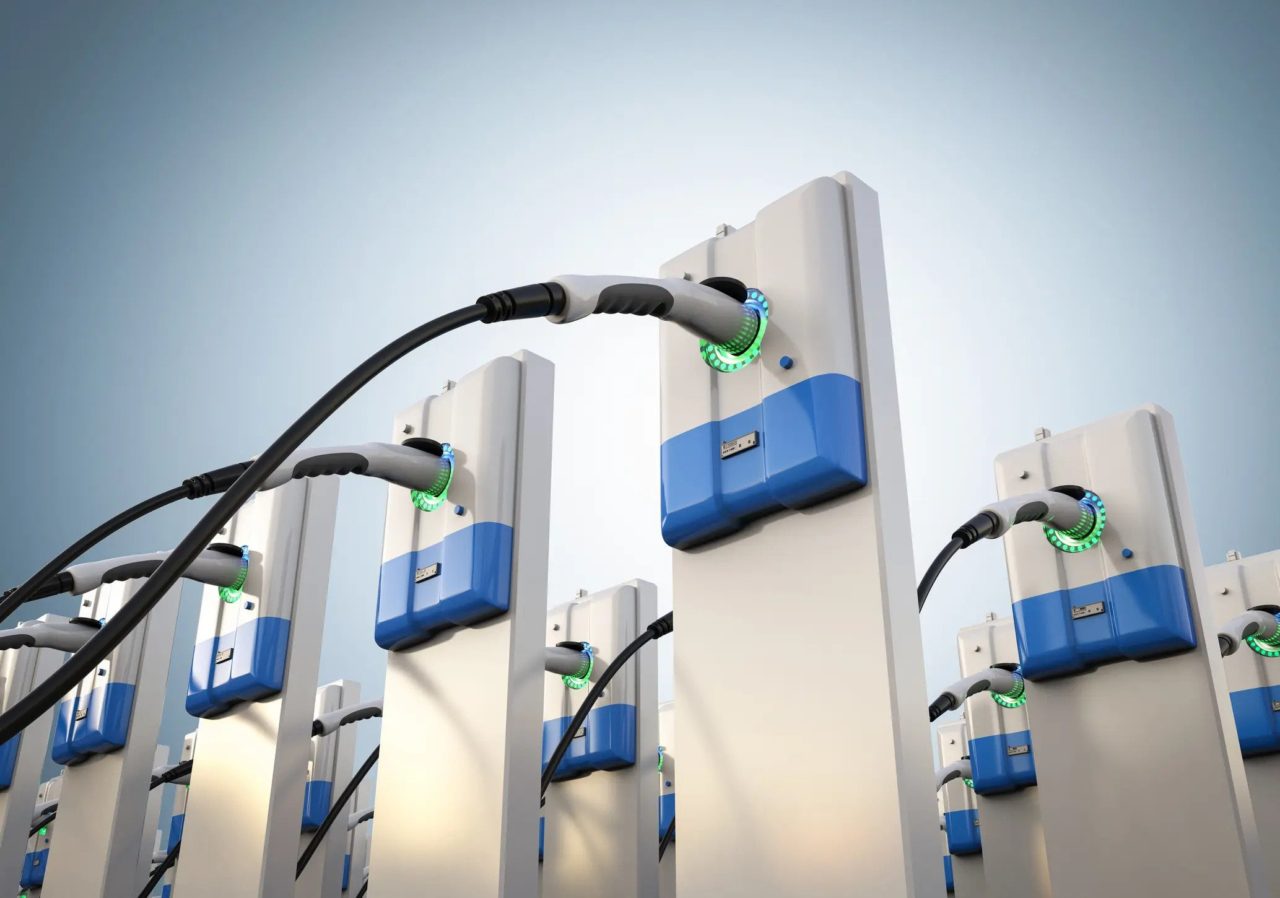While most people know that plastic plays a huge role in protecting our food and delivering vaccines through lightweight, protective packaging, many people are unaware of the critical role plastic also plays in long-term applications. Our society typically leverages the “durable” nature of plastic to insulate our homes, build our cars and protect ourselves, long lasting uses that often contribute to sustainability by increasing fuel and energy efficiency and lowering greenhouse gas emissions. Some examples?
Solar and wind energy. Our homes and buildings. Cars and airplanes. Personal protective equipment (PPE). Clean drinking water. Medical equipment and healthcare. Our cell phones and electronics. Appliances and furniture. The list goes on. Durable, long-lasting plastic contributes to nearly every vital segment of our society and our lives.
Here’s a quick look at just four of these contributions.
Our Healthcare (and the Pandemic)
While many medical advances rely on sterile plastic to help protect people from disease and contamination (think face masks, medical gowns and syringes), plastic also is made into multiple long-lasting healthcare tools. Two examples:
- Ventilators & Equipment – The lifesaving ventilators used in intensive care units to take over breathing for people with severe COVID-19 symptoms consist of fans, sensors, tubes, connectors, displays…all made with plastic, as is much of the other medical equipment in modern hospitals and your doctor’s office.
- Implants & Prosthetics – Most medical implants rely on high tech plastic to replace a hip or fix a spinal disc, and today’s prosthetics that help give people mobility typically are made to last with plastic.

Our Protection
Similar to health and medical innovations, tough and durable plastic safety tools and gear help protect us from injury. Seat belts, air bags, child safety car seats, sports helmets and pads, recreational safety equipment, goggles, hard hats, firefighting gear, bullet proof vests, military gear – all contribute to our safety.
And workers throughout our nation – from healthcare to law enforcement to construction – are kept safer by personal protective equipment (PPE), nearly all of which is made with tough plastic.

Our Homes
Nearly 40 percent of our nation’s energy is consumed in our homes and buildings, but much of it is wasted due to outdated building practices. Unfortunately, many buildings are under-insulated and under-sealed, leading to massive loss of energy used to heat and cool homes.
To drive down energy use in our homes, newer construction practices rely heavily on energy-saving, durable plastic building materials that improve insulation performance (R-value) and limit unwanted airflow between indoors and out. Durable plastic building products – spray and rigid foam insulation, house wrap, window frames, caulks/sealants and more – play crucial roles in protecting our homes against heating/cooling losses, allowing us to save more energy and money and to reduce greenhouse gas emissions.
Our Environment
The examples above demonstrate that durable plastic materials can significantly reduce greenhouse gas emissions in our homes. The same benefit applies in multiple areas of our lives.
- Cars & Trucks – Strong, yet lightweight plastic components help reduce the weight of our cars, which in turn helps cut greenhouse gas emissions. (If alternative materials were used, it’s estimated we would require an additional 89 million gallons over vehicle lifetimes). Light-weighting is critical to increasing the range of low-carbon vehicles and will also help create the nationwide charging infrastructure for electric vehicles (EV). And EV batteries rely on recyclable plastic components which helps create a circular economy for plastics.
- Wind Energy – Low-carbon wind energy requires an expanded supply of strong yet lightweight wind turbine blades, most made from various lightweight plastic composites, such as carbon fiber-reinforced plastic.
- Solar Power – Plastic plays a growing role in improving efficiencies and cost effectiveness of solar energy, supplying essential films that help protect glass and silicon panels from the environment, plus electrical insulators, pipes, valves and fittings.
- Water – Plastic pipes typically are more economical to install and maintain – and they save substantial energy by significantly reducing drag of moving water compared to old fashioned pipes.
As for the future, durable, sustainable, long-lasting plastic will play a key role in rebuilding our nation’s infrastructure – helping modernize our ability to move people, energy, goods and water while simultaneously driving down greenhouse gas emissions.
Continue to visit America’s Plastic MakersSM to learn more about the steps we are taking to help end plastic waste, build a circular economy for plastics and create a more sustainable future.

